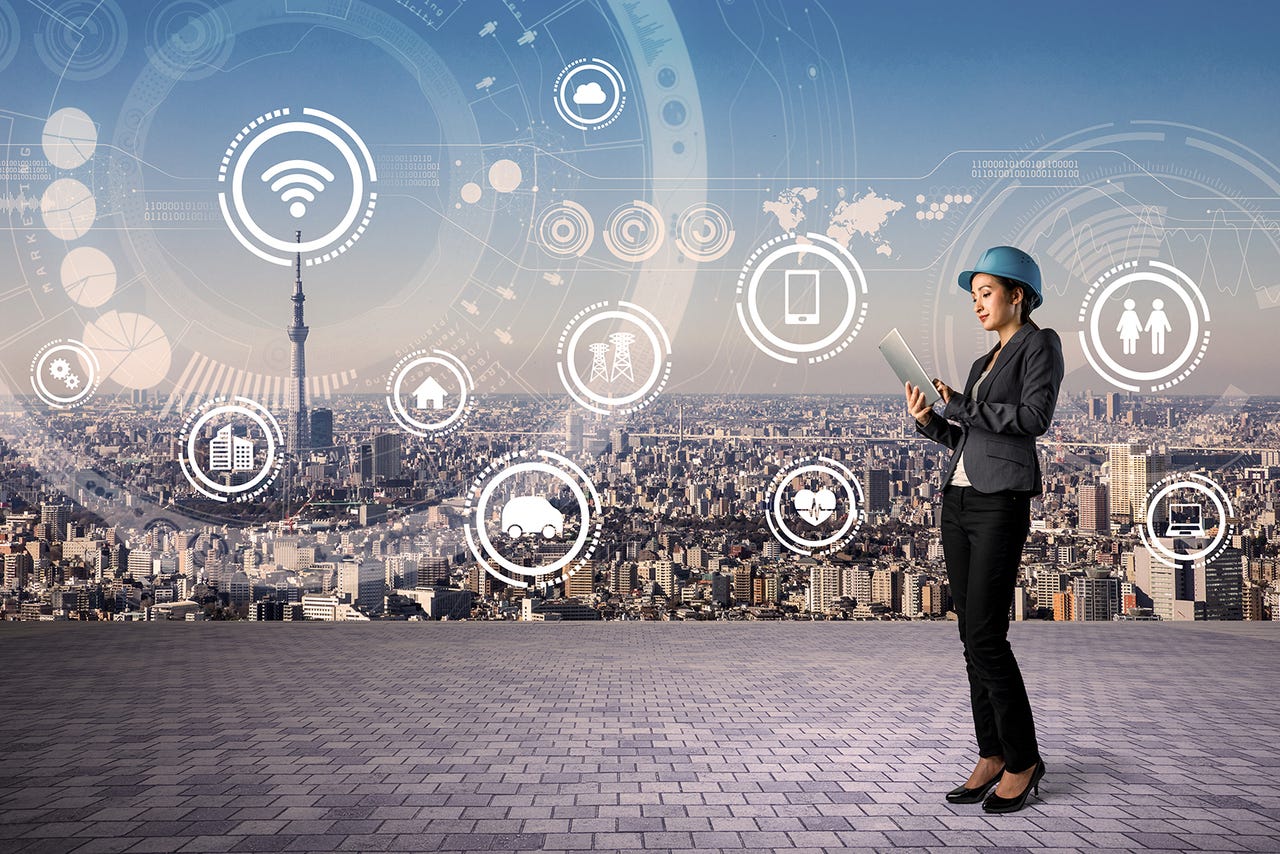Can wearable devices make construction sites safer?


Featured
Wearable devices are marketed for their potential health benefits, such as getting users to exercise more. In the case of a wearable product designed for the construction industry, saying it has potential health benefits might be an understatement.
Insurance firm The Travelers Companies announced a collaboration with Gilbane, a large contractor company, and Triax Technologies, a provider of Internet of Things (IoT) construction technology, to explore the potential safety benefits of wearable devices.
Considering the nature of construction jobs and the high risk for severe injuries, builders are constantly facing the need to more effectively address safety issues.
The three companies have launched a project to outfit more than 130 workers with wearable devices on a six-story, 60,000-square-foot New York City job site over the next 20 months.
Also: Internet of Things (IoT): Cheat sheet TechRepublic
The collaboration will generate data-driven insights designed to help Travelers better understand the risks, considerations, and potentially huge safety benefits of wearable technology. The companies are looking at how technology can be used to keep workers safe.
Specifically, they want to know how wearable devices might improve worker safety, what factors they need to consideration prior to implementation, what potential risks they might face, and how companies can successfully incorporate wearables into their workforce.
Work-related injuries remain a significant source of exposure for contractors, said Rick Keegan, president of construction at Travelers. "This project will help us gain valuable data-driven insight," he said.
Travelers will review data collected from a variety of Triax's Spot-r IoT devices, including those being used at the Gilbane construction site in New York. More than 130 employees will use the Spot-r Clip, a device worn on a worker's waist belt.
The device provides faster response times to possible injuries by automatically detecting worker falls and providing supervisors with real-time notification of a worker's location and other safety incident details. It also includes a feature that allows workers to easily report hazards or incidents.
On-site machinery will be fitted with the Spot-r EquipTag, which monitors the location and use of construction equipment. In addition, the site will have Spot-r EvacTags, which allow managers to trigger high-decibel, highly visible emergency alarms to workers via a dashboard.
The collaboration is the latest effort by Travelers to find innovative ways to help contractors manage employee safety risks, promote a culture of safety, and support business continuity.
Also: 7 ways to use Alexa around the office CNET
In 2016, the firm introduced the Early Severity Predictor, a predictive model that identifies the likelihood of an injured employee developing chronic pain, so that he or she can reduce the need for opioids or other painkillers during recovery.
The following year, Travelers launched ZoneCheck, an online tool to help contractors identify areas surrounding a job site that could be affected by vibrations from heavy equipment. Most recently, the company introduced a digital self-service tool called MyTravelers for Injured Employees, which streamlines the workers compensation claim process.
Best gifts for co-workers under $50 on Amazon
Previous and related coverage:
Portland kicks off smart city initiative with traffic sensor safety project
If cities don't carefully plan smart city deployments, "the risk is technology happens to us rather than working for us," Portland Mayor Ted Wheeler said.
How scooters jumpstarted the city of LA's new developer initiative
When Uber and Lyft hit the streets, US cities weren't quite ready for it. Now, cities like LA are honing their digital skills to be ready for the second wave of mobility-as-a-service.
Meet Amazon's new Echo devices and Alexa hardware: Prices, features, release dates
Amazon has announced several -- and we do mean several -- new Alexa devices for you to consider. Here's what you need to know, including what they can do and when you can buy them.
What is the IoT? Everything you need to know about the Internet of Things right now
The Internet of Things explained. What the IoT is, and where it's going next.
7 must-have devices for your smart home office
A cornerstone of any smart home and the nucleus of your operations is the smartspeaker.